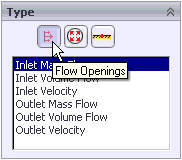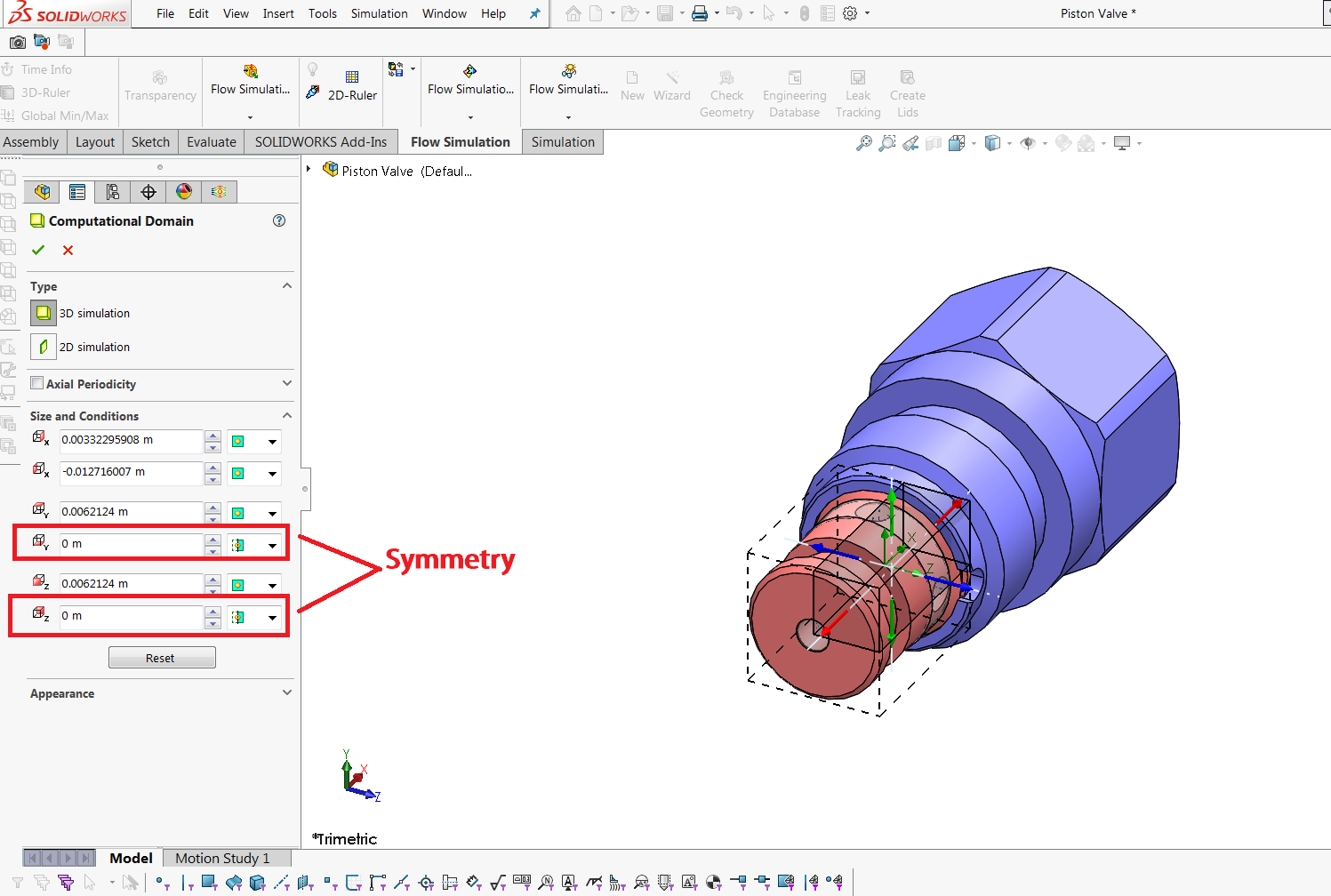

- #Solidworks flow simulation boundary conditions how to#
- #Solidworks flow simulation boundary conditions install#
#Solidworks flow simulation boundary conditions how to#
How to perform the “Zooming” technique (aka Transferred Boundary Conditions)įrom the Help: The Transferred Boundary Conditions allows you to focus on a specific region within your model by using results obtained in a previous Flow Simulation calculation as a boundary condition for the current Flow Simulation project. Overview of enclosure package with defined conditions So in this case, Zooming is the perfect tool to run a more detailed study that specific region. Purposefully the mesh in this region was fairly coarse, so the air currents and heat transfer from the chips in this area are not sufficiently resolved to capture the reason for the heat up. The focus of the simulation was on the ICs and not in the region of the smaller chips, but now the focus has shifted there because it potentially can be a bigger issue. When analyzing the results of the fluid flow and thermal simulation, the active cooling does its job in sucking out the heat from the ICs, but the other chips are not so cool and are a burning red color. Additionally there are other groups of chips mounted on the board to the right, but are not directly cooled like the ICs because they don’t dissipate as much heat instead there is a second perforated opening on that side of the enclosure that hopefully will work to remove the heat. I created a simplified mockup of this enclosure, see image below, to share with you in this post.įrom a top view of the board inside the enclosure, there are three integrated circuits (ICs) on the left side that, because they are large heat dissipators, are being actively cooled by an exhaust fan pulling air through the heat sink. For example, I recently encountered an electronics enclosure example from a customer where there was a region inside the enclosure that required a further more detailed investigation.

Zooming is essentially a submodeling technique that allows the user to focus the calculation (and results) on a small sub-region of a previously solved larger (and assumed) more coarsely meshed domain. The official name given for Zooming is Transferred Boundary Conditions, but that’s more boring technical terms than is necessary and doesn’t sound as cool, so I’ll stick with using “Zooming.”
#Solidworks flow simulation boundary conditions install#
This post sets out to introduce more people to a very useful, but not well known, feature in SOLIDWORKS Flow Simulation that is colloquially known as “Zooming.” There are a couple of mentions of this technique in the documentation, but who reads those, am I right? One is in the Technical Reference and the other is a Tutorial problem (both documents are PDFs already located in your Flow Simulation install directory, under …>lang>Docs).


 0 kommentar(er)
0 kommentar(er)
